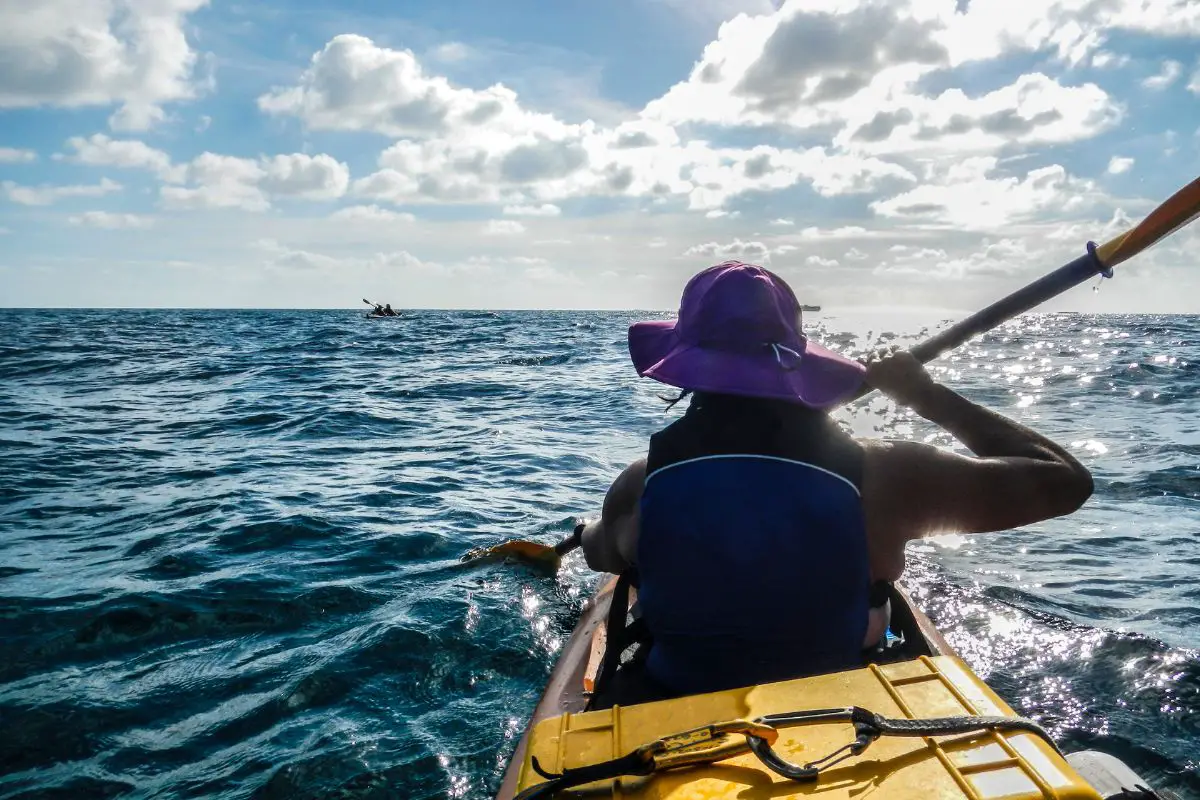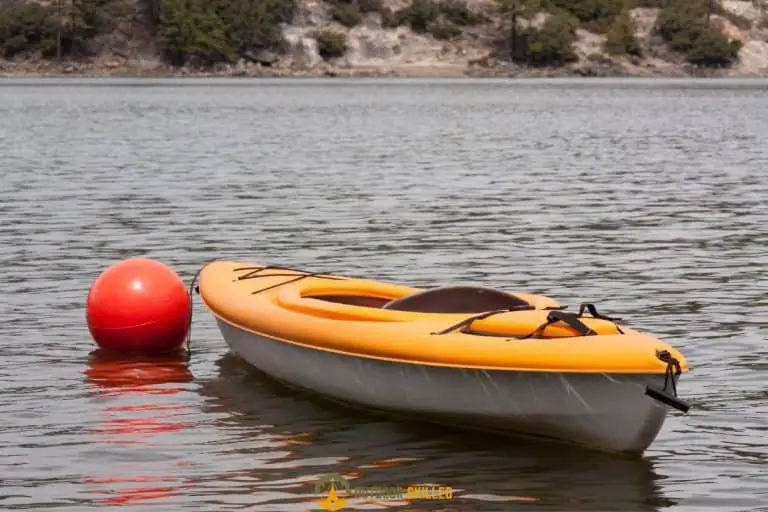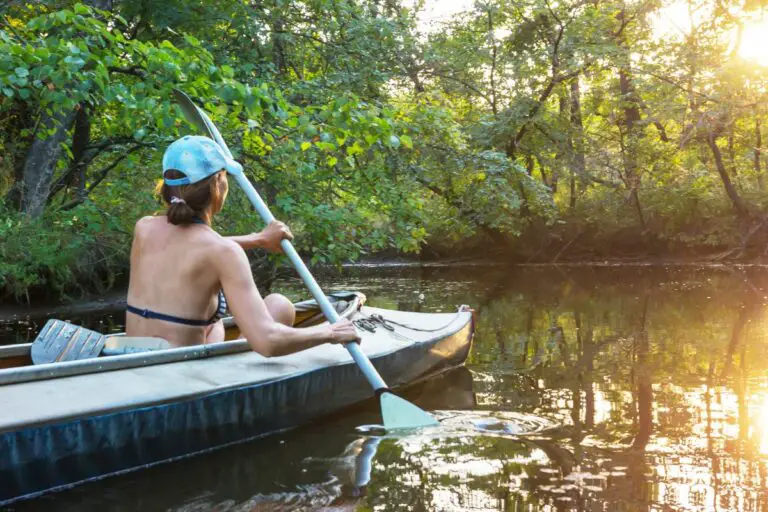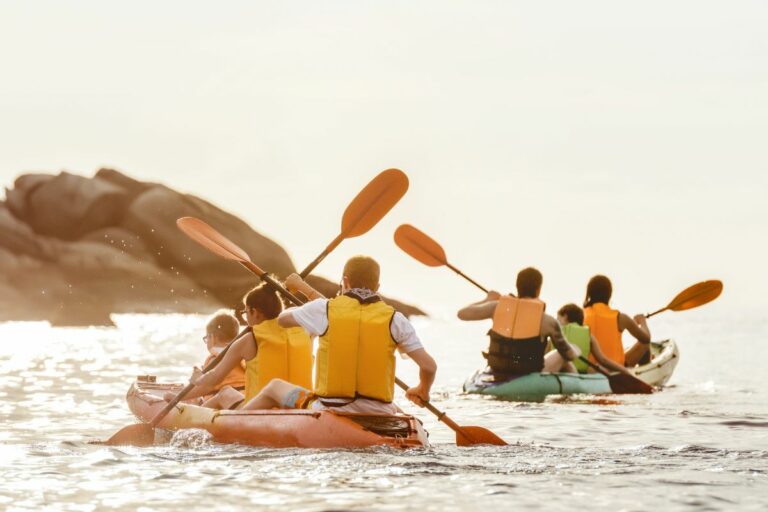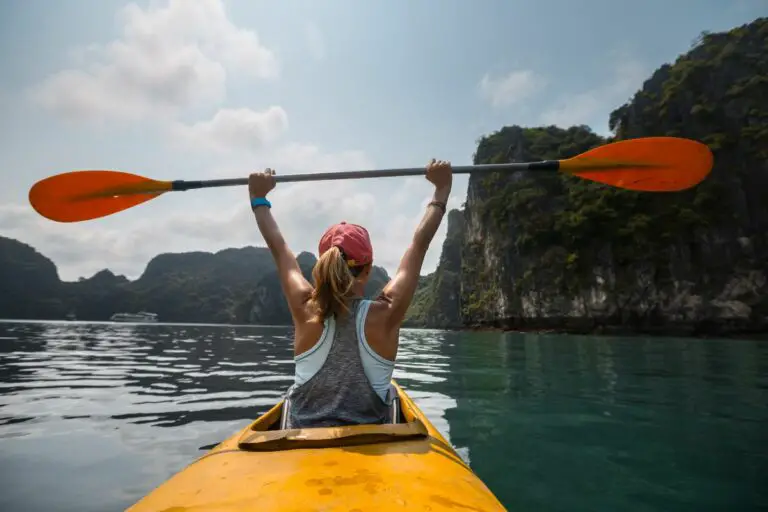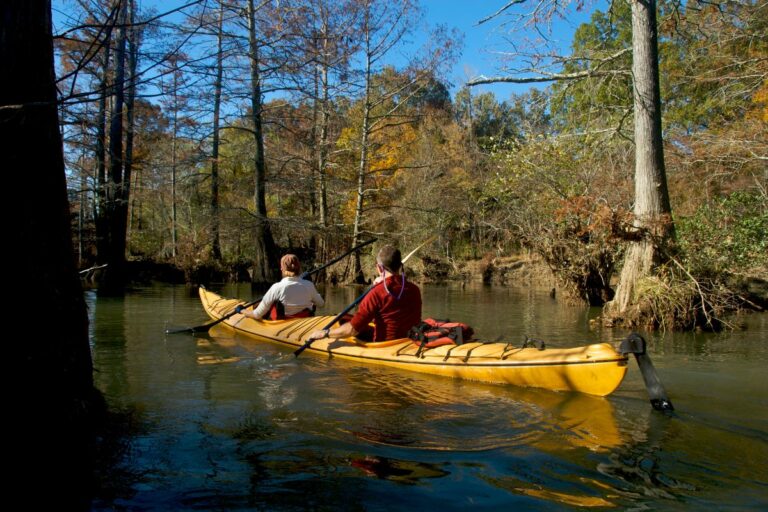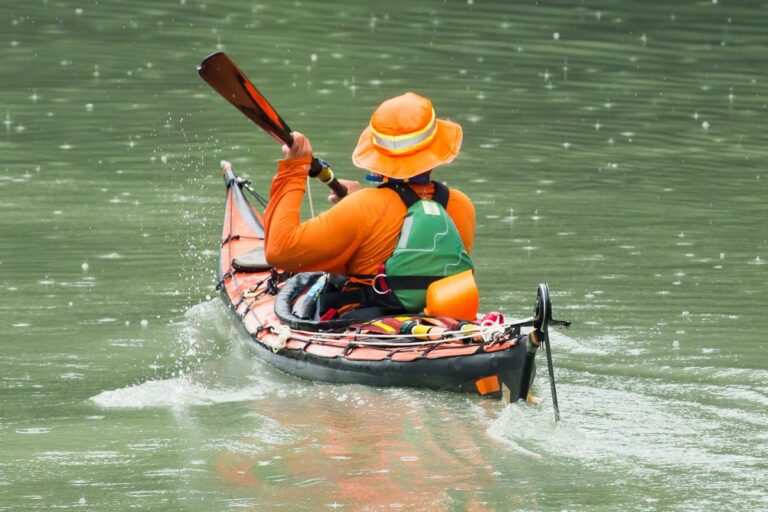This is The Best Time to Go Sea Kayaking
Sea kayaking is a thrilling and rewarding way to explore the ocean’s vast and majestic waters.
Whether you’re a seasoned adventurer or a first-time kayaker, the experience of paddling along the coastline, navigating through coves and inlets, and encountering diverse marine life is truly unforgettable.
But as with any outdoor activity, choosing the right time is crucial to ensuring a safe and enjoyable trip. So, what is the best time to go sea kayaking?
The best time to go sea kayaking is late spring to early fall because, at that time, the weather and water conditions are milder; however, it mostly depends on your location. It’s generally recommended to avoid sea kayaking in winter and early spring when the conditions can be more dangerous.
Keep reading to learn more about sea kayaking and what makes it different, the best time to go sea kayaking, and how to properly prepare for your trip.
Table of Contents
What Is Sea Kayaking?
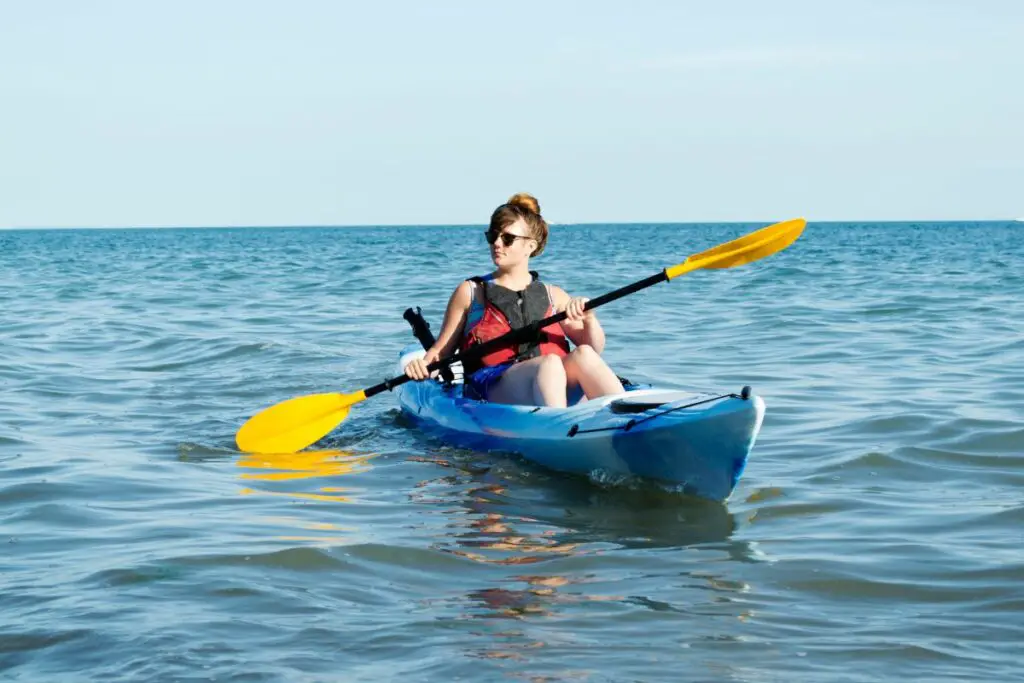
Sea kayaking is a type of kayaking that involves navigating open bodies of water, such as oceans, bays, and large lakes. Unlike other types of kayaking, which may involve whitewater rapids or calm rivers, sea kayaking requires a specific set of skills and equipment to handle the challenges of the open sea.
One of the main differences between sea kayaking and other types of kayaking is the design of the kayak itself.
Sea kayaks are typically longer and narrower than other kayaks, which makes them more streamlined and efficient in the water. They are also designed to be more stable in choppy conditions, with features like a larger cockpit and a lower center of gravity.
Another key difference is the type of paddling technique used in sea kayaking.
Because sea kayaking often involves long distances and open water, paddlers need to be able to maintain a steady pace and navigate through currents and wind.
This requires a more efficient paddling technique, using a combination of torso rotation and arm movements to generate power and control.
What Is the Best Time to Go Sea Kayaking?
Choosing the right time to go sea kayaking is critical to ensuring you will have a safe and enjoyable experience. You need to consider several factors, including weather conditions, water temperature, tides, and the presence of marine life.
In general, the best time to go sea kayaking is during the late spring to early fall months when the weather is mild, and the water temperature is comfortable. During these months, there is also a greater likelihood of encountering marine wildlife, such as whales, dolphins, and seals.
On the other hand, winter and early spring can be dangerous times to go sea kayaking, as the weather can be unpredictable, and the water temperature is often too cold for extended periods of time. Additionally, strong winds and waves can create hazardous conditions, making it difficult to navigate safely.
It’s important to consider your own level of experience and skill when choosing the right time to go sea kayaking.
If you’re a beginner or have limited experience, it’s best to go during calm weather conditions and avoid paddling in high winds or strong currents.
How to Prepare for Sea kayaking?

Preparing for sea kayaking involves choosing the right kayak and gear to ensure a safe and enjoyable experience on the water. So, here are some important considerations to keep in mind:
- Choosing the right kayak: Sea kayaks are specifically designed for paddling on open water, so choosing a kayak that fits your needs and skill level is important. Here, you can check out some of my recommendations for the best ocean kayaks.
- Look for a long, narrow, and stable kayak in choppy conditions, with a large cockpit for ease of entry and exit.
- The kayak should also be equipped with bulkheads, which are watertight compartments that help keep the kayak afloat in case of capsizing.
- Paddles: Choose a paddle that is the right size and shape for your body and kayak.
- A good paddle should be lightweight and easy to maneuver, with blades that are large enough to provide plenty of power but not so large that they cause excessive resistance in the water.
- Personal flotation devices (PFDs): Make sure to choose a PFD that fits snugly and is designed for kayaking, with features like pockets for gear storage and reflective strips for increased visibility.
- Clothing: Dress appropriately for the water and weather conditions to reduce the risk of hypothermia.
- In cold water, wear a wetsuit or dry suit to stay warm and dry. In warmer conditions, wear quick-drying clothing that protects against sun and wind.
- Navigation tools: Bring a map, compass, and GPS if necessary to navigate on the water. It’s also a good idea to bring a waterproof case to protect your navigation tools from the water.
- Safety equipment: Bring a first aid kit, a whistle, and a signaling device, such as flares or a whistle, in case of an emergency.
8 Tips to Stay Safe When Sea Kayaking
Now that you know how to prepare for sea kayaking, here are some extra tips to help you stay safe out on the water:
- Wear a personal flotation device (PFD) at all times.
- Check weather conditions and marine forecasts before you head out, and avoid kayaking in severe conditions.
- Plan your route in order to get a general idea of where you’re going. This will help you stay on track and avoid getting lost.
- Choose a route that matches your skill level, and be honest about your experience and ability.
- Paddle with a partner or group to have added safety and support in the event of an emergency.
- Keep an eye out for other boats, wildlife, and changing weather conditions, and be prepared to adjust your plans as needed.
- If you’re new to sea kayaking, consider taking a course to learn basic paddling techniques, safety procedures, and other important skills.
- Learn basic rescue techniques, so you’ll know how to self-rescue or assist others in the event of a capsize or another emergency.
Following these tips and taking necessary precautions can help ensure a safe and enjoyable sea kayaking experience. Remember always to prioritize safety and be prepared for changing conditions on the water.
Kayak your way to Freedom
- On a budget? Check out the best fishing kayaks under $500 here and the best Fishing Kayaks under $1,000 here. Or Check the best Cheap Kayaks here.
- Going fishing? Here are the best Ocean fishing kayaks, and here are the best River Fishing Kayaks.
- You can also find the best Fly Fishing Kayaks here and the best Bass Fishing Boats here.
- A bit experienced? Check out the best modular kayaks here and the best tandem fishing kayaks here.
- Looking for something special? Check out my favorite Ducky kayaks here.
- Navigate your way with these awesome and beginner-friendly Kayak compasses.
- Going Hunting? These Duck hunting kayaks will give you an unfair advantage!
- Have a need for speed? These motorized kayaks will get you moving.
- Protect yourself from the sun with these Kayak shades, and make your kayak more comfortable with these Kayak seats.
- Keep your feet dry and warm with these superb Kayaking shoes.
- Going Kayaking in cold water? Stay warm with these Kayaking gloves.
- Paddle Less, Fish More with the Best Kayak Motors
- Looking to get a trolling motor on your kayak? Check out the best kayak trolling motor mounts here.
If you like this article, please share it or pin it, you can find the share buttons below. We will really appreciate it ❤️

